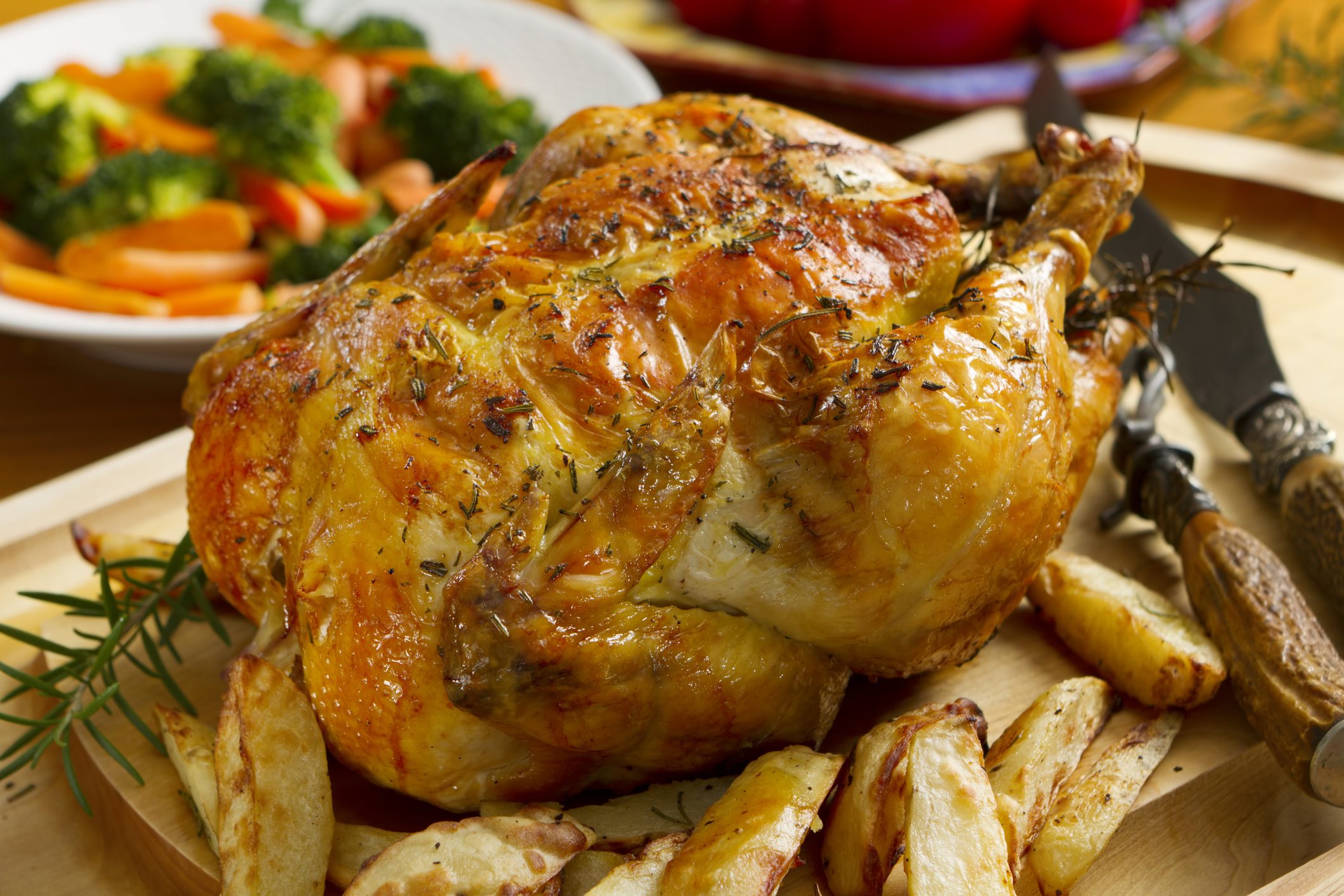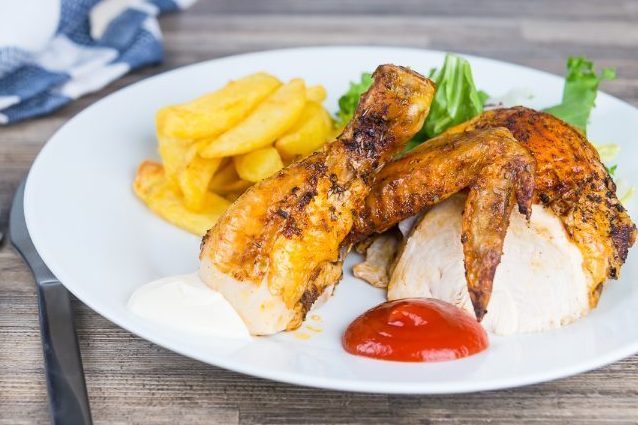10 Tips and Tricks for Moist and Flavor-packed Chicken
Chicken is such a popular product that pretty much every household uses it in some way, shape, or form. But, for such a popular piece of meat, it can be quite tricky to cook it properly and not have it dry out in front of your eyes. All of us have managed to make some big mistakes while preparing and cooking chicken, much to our guests (and our own) dismay. But with a few simple guidelines you will learn to cook the perfect piece of chicken in no time!
;Resize,width=742;)
Knowing what to do with which piece of chicken can make a big difference. This is important both in terms of cooking and prepping. So, with some proper preparation and cooking techniques, you will soon be serving delicious and moist pieces of chicken every time.
Basting Makes For Good Tasting

The reasons for basting chicken are primarily to keep it moist and to aid with the equal distribution juices. Basting is usually done while the chicken is cooking or frying. Thus, pour the basting onto the chicken and grill or bake if for about 20-30 minutes. Then take it out and pour some more basting over it again. You can keep on repeating this process until the chicken is cooked.
Make A Space Blanket For Your Chicken

Foiling is the process of covering your chicken pieces close to the end of cooking it. By doing so, the foil will help to prevent the meat from drying out, and will thus help retain much of the leftover moisture in the chicken. You can even combine this technique with basting or brining to make your chicken pieces extra tender.
Fat Equals Flavor

The more fat, the more flavor; this is a simple principle in cooking. Some cuts, such as boneless chicken breasts, can be tough to cook properly. They can easily dry out due to a low-fat content, since fat helps to retain moisture. As such, opt for cuts that have more fat or that even have bones still intact, such as bone-in thighs. The bones will actually help to retain moisture. As an added benefit, the bone and fat pack a ton of flavor.
Cook To The Correct Temperature

This is where a thermometer gets to be really handy. If you can, set the thermometer to the correct temperature to prevent you from over cooking the chicken. For example, chicken breasts are a lean type of meat, which means that it can dry out pretty quickly from over cooking. Aim for your piece of chicken to register at about 165°F (74°C) and will be cooked and safe to eat. If you cook it any longer, then you will end up with a dry piece of meat.
Choose Your Pots Wisely

Many of us already know that the type of metal (for example cast iron vs. stainless steel) from which a utensil is made is quite important for the cooking process. But, interestingly enough the shape of a pot or pan also plays a key role in the cooking process. For example, pots that are deeper are better at keeping moisture inside and also keeps the food properly submerged. The temperature is also more constant in larger pots and can help in regulating moisture in the food.
Don’t Cook Cold Meat

Cold chicken pieces will need a longer cooking time in the pan since it needs to heat up first. This can lead to overcooking the piece of meat, but can also lead to uneven cooking. Stay away from cooking frozen chicken pieces. After taking your chicken out of the fridge, leave it on the counter for about 20 minutes to come to room temperature and only then start cooking it. Don’t leave it out for too long though, since Salmonella can start growing on the meat, which is something you want to avoid at all costs!
Marinade Adds Flavor And Moisture

Marinades really boost the flavor of your chicken. The great thing about a marinade is that it not only enhances flavor, it also helps to keep the meat moist. Another advantage is that, since the meat gets soaked in a liquid, it starts the breakdown process prior to cooking, resulting in extra tender meat. Buttermilk or yogurt works especially well for this purpose! For chicken breasts, you can marinate for about 30 minutes. For other pieces go for at least 3-4 hours or even overnight.
Dip The Chicken In Some Brine

Brining chicken is done primarily for two reasons: to maintain moisture and to have the pieces cook evenly. This is especially important since some chicken pieces, such as breasts, can easily be overcooked. Another benefit of brining chicken, similar to marinating it, is that the brine helps to denature the meat proteins which makes it more tender. The brining solution is made up of salt water, to which you can also add sugar and some herbs.
Let The Meat Warm Up First

This has to do with getting your pan to the correct temperature before you start cooking the chicken pieces. If the pan is too cold, the juices will leak out and evaporate as the pan heats up. However, by adding the pieces to a hot pan, you will sear the meat and this will help with unnecessary loss of moisture.
Tenderize Chicken Pieces First

It goes without saying that pounding should be done with boneless chicken pieces. The process of pounding involves beating the chicken into a thin size. The main purpose of doing this is to tenderize the chicken pieces, since the pounding breaks down the meat fibers. This will also cause the meat to cook much faster, which will prevent overcooking.
;Resize,width=767;)
;Resize,width=712;)


